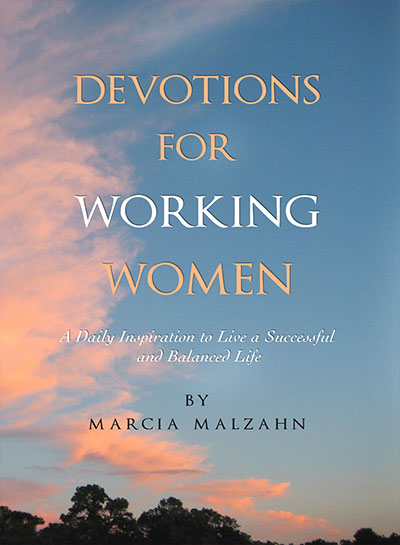
Enterprise Risk Management (ERM) is a cycle that your financial institution must continue to work on regularly. Below are the three ongoing phases of Enterprise Risk Management:
- Identifying and Assessing Risk
- Mitigating and Eliminating Risk
- Monitoring and Reporting Risk
Let’s go through the cycle by describing what each phase entails.
Identifying and Assessing Risk
The first phase of the three ongoing phases of Enterprise Risk Management is to identify and assess risk. There are 8-14 risk categories that you must identify first and then assess to see if they impact your institution. The OCC refers to eight risk categories: Credit, Interest Rate, Liquidity, Price, Operations/Technology, Compliance, Strategic, and Reputation. I like to assess seven additional risk categories: Technology (separate from Operational risk), HR, Legal, Earnings, Capital, and Model risk.
Risk Assessments: Use risk assessments as the tool to identify and assess how these types of risks affect your financial institution. We developed the ERM Risk Assessment Template to assess these risk categories. If you would like a free copy of the template, please contact us and let us know you would like the ERM Risk Assessment Template.
Unique Risks: During Phase I you identify individual risks that are unique to your institution. For example:
- Relationship Concentration. You need to assess how critical certain loan and deposit account holder relationships are if you were to lose them. How would losing them impact your balance sheet and thus your income?
- Portfolio Concentration. You need to assess if you have a concentration by type of loans such as Commercial Real Estate, Construction, or Commercial and Industrial (C&I) loans in your portfolio. Some rural institutions may have their biggest concentration on agricultural (or “Ag”) loans because there are less opportunities for other types of loans in their market. These institutions must assess their risk if major Ag loans default and perform a stress testing on this portfolio.
- Succession Planning. Your institution may be at a higher risk if the current CEO is an owner who is also Chairman of the institution. This presents a significant risk to your institution and you need to have an emergency succession plan as well as a longer-term plan. How about the rest of your senior leadership team? Do you have succession plans in place for those positions and other key individuals in your organization?
- Geographic area. Your institution may be located in a rural area where population is declining, and you are losing business consistently due to residents and businesses moving away.
Categorize Risks: As you conduct the ERM risk assessment, you also categorize the risks identified from four perspectives using a number scale of Low to High:
- Criticality: How critical is this particular asset or process to the everyday operation of your organization?
- Confidentiality: Refers to what type of data that particular asset (or vendor) has access to sensitive information.
- Impact and Probability/Likelihood: What is the impact that this particular risk category you’re assessing would have in your institution if it were to occur? What is the likelihood of this type of risk happening at your institution at the time you’re conducting the risk assessment?
- Vulnerability and Speed of Onset: How vulnerable is your institution as of the date you’re assessing the risk category? Lastly, how fast could this risk spread once it’s triggered?
Mitigating and Eliminating Risk
The second phase of the three ongoing phases of Enterprise Risk Management is to mitigate and possibly eliminate the risks identified in phase I. During Phase II, you:
- Determine the steps your institution will take or tools used to mitigate the risks identified in Phase I.
- Determine how your institution can eliminate certain risks, if possible.
- Ensure your institution is comfortable with the residual risk which is the risk remaining after you have implemented all the mitigating factors to the inherent risk.
- Establish policies, processes, and procedures (also systems and outsourced expertise) to mitigate and eliminate risks.
Monitoring and Reporting Risk
Lastly, the third phase of the three ongoing phases of Enterprise Risk Management is to monitor and report on the activities you established to mitigate the risks identified. During Phase III, you:
- Conduct ongoing monitoring of risks identified that are being mitigated.
- Establish accountability across the board so no one person is responsible for implementing all the mitigating tools. This is a team effort.
- Ensure policies, procedures, and systems in place are being followed AND are working (measuring) as you purposed.
- Establish ongoing reporting of risks and status to the Board of Directors at least quarterly.
- Provide results from monitoring efforts to leadership and Board of Directors. These reports are what auditors and examiners will look at during audits and safety and soundness exams.
- Directors learn about risks, get updates, understand their liability.
- Use tools such as “heat maps” to help you report on results.
The goal is to transition from a “reactive” stage where there is no ERM Program in place nor support from the top, to a “aware” stage where you are implementing your ERM Program, to finally a “strategic” stage where you have a formal ERM Program in place. These three phases should take place on an ongoing basis so your institution remains on the strategic stage of the ERM Program.








